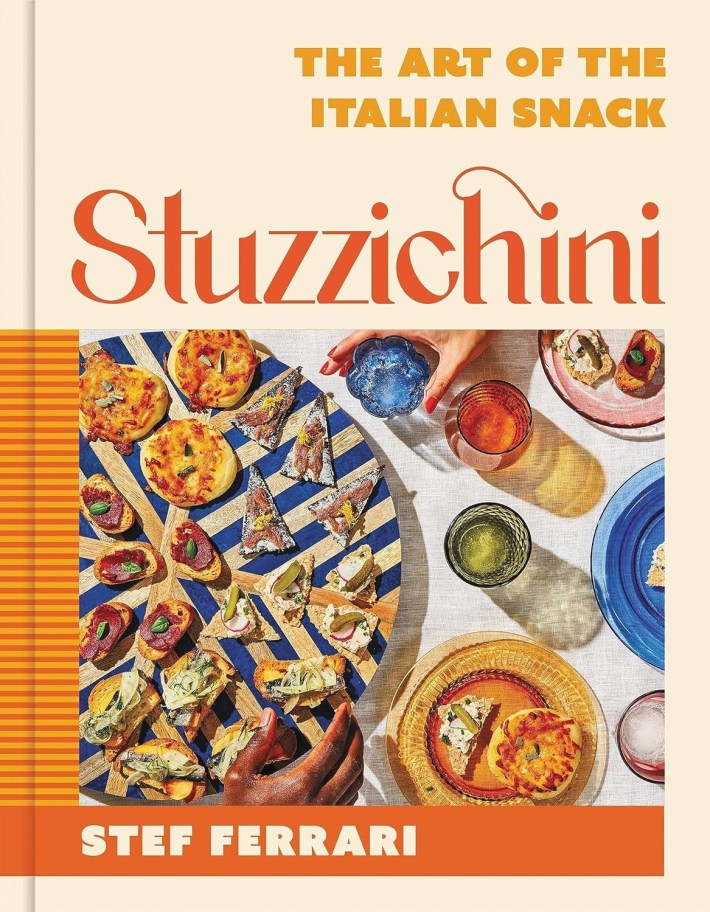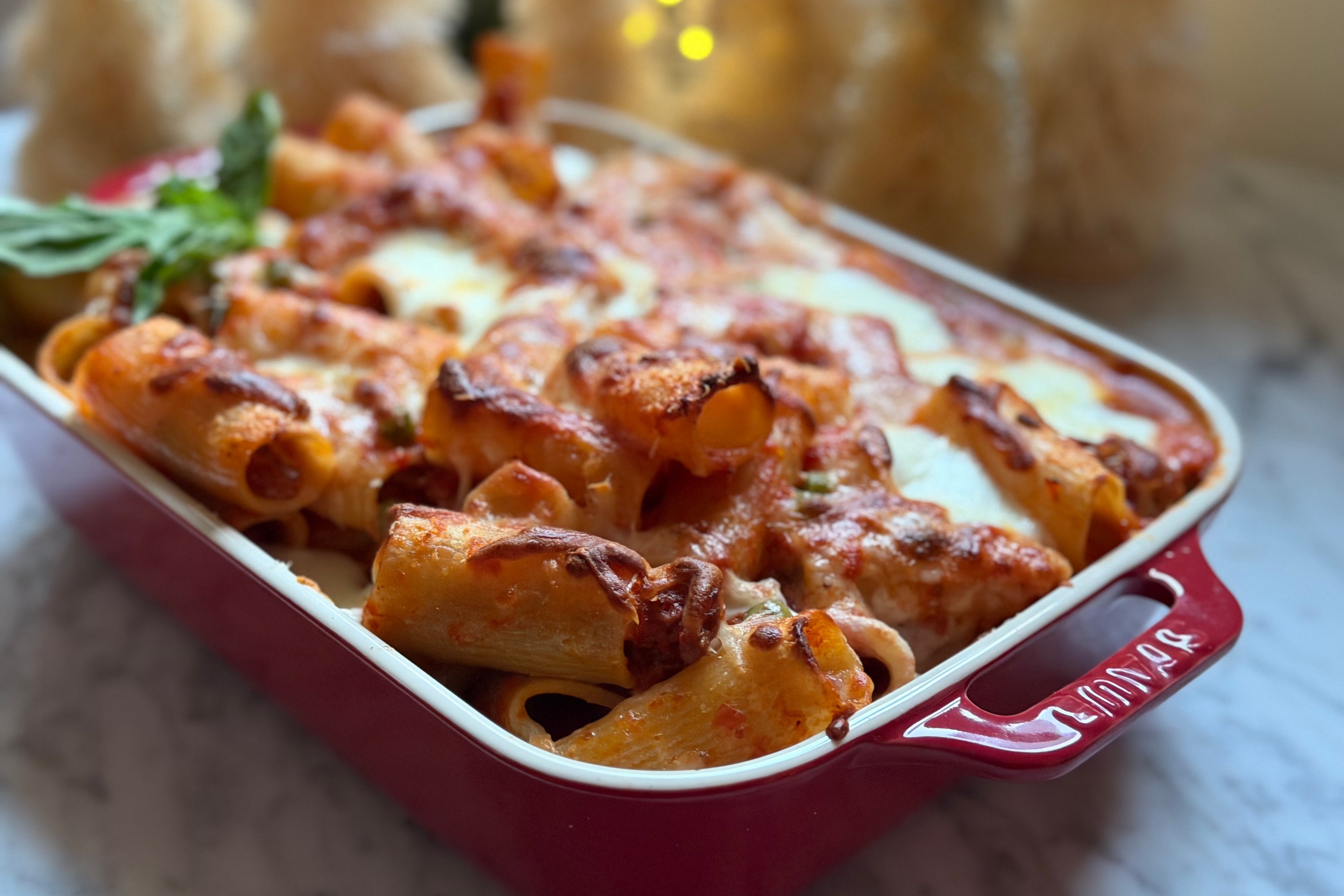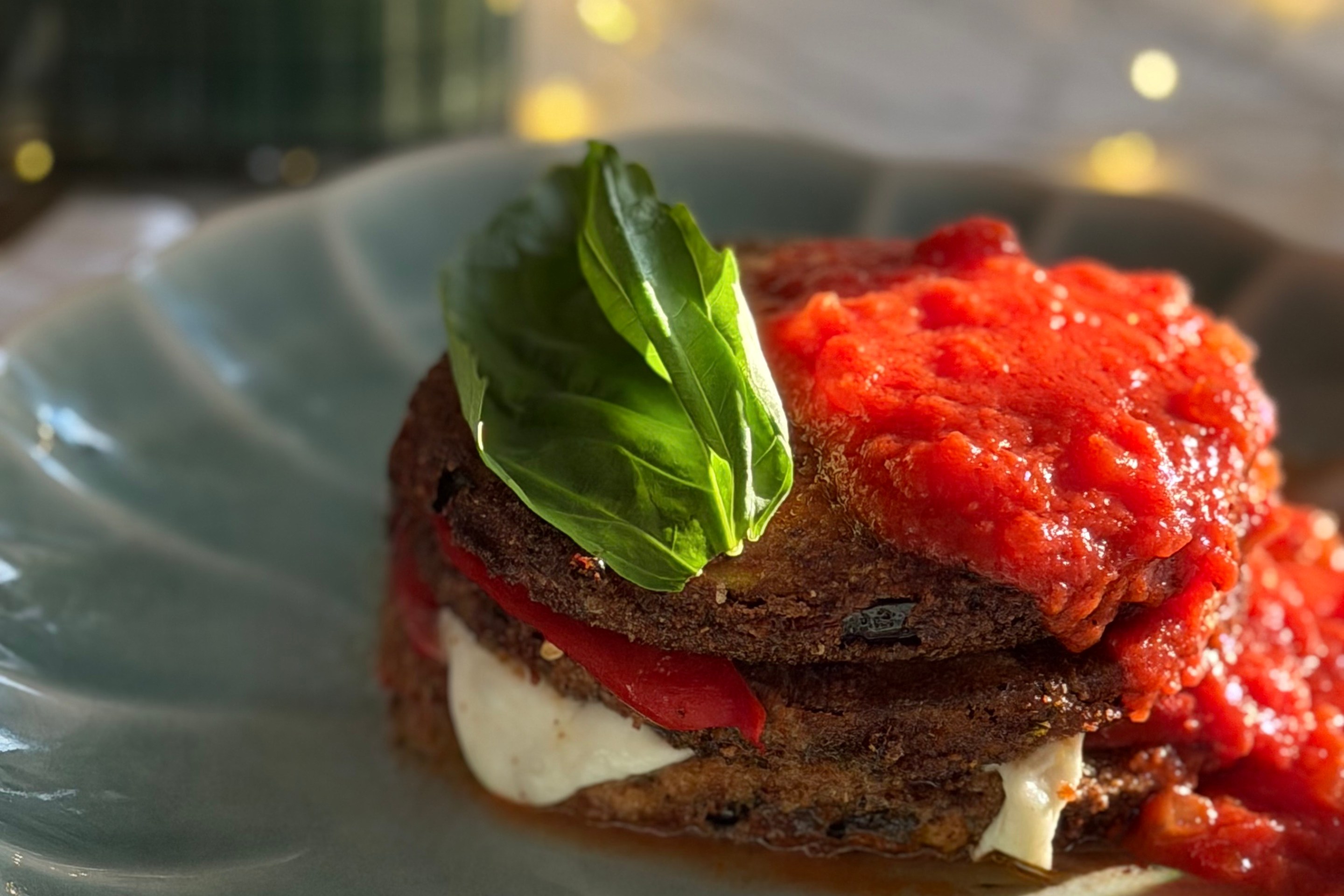
Releasing Stuzzichini has been one of the great pleasures of my career thus far. But before I can really introduce the book, I usually need to present a little more context for the concept, too. While there’s no shortage of cultural customs from Italy that have made their way to the United States, the modern and stylish little bites that accompany the old country’s beloved aperitivo hour are probably on the lesser known side of things.
At its most basic, “stuzzichini” are a kind of hors d’oeuvre that accompany aperitivo drinks before a meal. They can be anything from a bowl of peanuts or popcorn, to elaborate composed bites like salmon mousse puffs, a miniature frittata or pizzette, or any number of variations on bruschette or crostini. (For an example, see the recipe for Indivia con crema di gorgonzola dolce, mela, and noce, or endive with gorgonzola cream, from the book. (For spritz and Italian cocktail fans, check out the recipe for a Bicicletta Cocktail, also from the book.)
While the preparations run the gamut and—like many Italian creations—you’ll find different words to describe these snacks in varying parts of the country, the spirit and philosophy are consistent. To serve stuzzichini is to express a certain level of care and hospitality. For one thing, Italians rightly believe it’s unhealthy to drink alcohol without food. They prefer you leave the table feeling not just good, but well, and that you’ll reflect on your time positively (no one wants you to wake up the next day and say, “Oof, going to that place was a mistake.”) So if you’re going to indulge in one of the country’s famous cocktails like a negroni or spritz, with stuzzichini, you’ll have accompanying sustenance.

There is also an element of regional expression in each bite of stuzzichini. Because they’re created with local ingredients and spirit, you’ll get a chance to understand the character of a place, what grows there, how it chooses to construct flavor. Stuzzichini also serve to repurpose leftovers, reducing waste, and making them an economical choice in terms of both time and budget. With that in mind, there’s almost no end to what you can create and call “stuzzichini”—you’re limited only by your imagination. For that reason, some of the recipes in this book are sort of loose guidelines—a framework for inspiration—while others are something a little more complex with step-by-step instructions.
Along the way, I’ve done my best to include stories from my travels living, studying, and working in Italy as a student and journalist, traversing the country in search of food and drink that represent its people and modern identity. I talked with producers who make some of the wonderful edible elements integral to stuzzichini, from cheeses to cherries, as well as the ones whose creations influence the vibe of aperitivo and help make it so special (like the neon benders behind the iconic city signs throughout the peninsula). There are striking photos from my very best friend and frequent collaborator Deepi Ahluwali, who captured the personality of this custom, transporting you to some of Italy’s landscapes including coastal cliffs and lively piazze.
My hope is to communicate the prevailing spirit of hospitality, generosity, and community that I found all over Italy, while providing home cooks with some cultural context—and of course, the recipes to recreate the unforgettable experience of aperitivo right at home.






